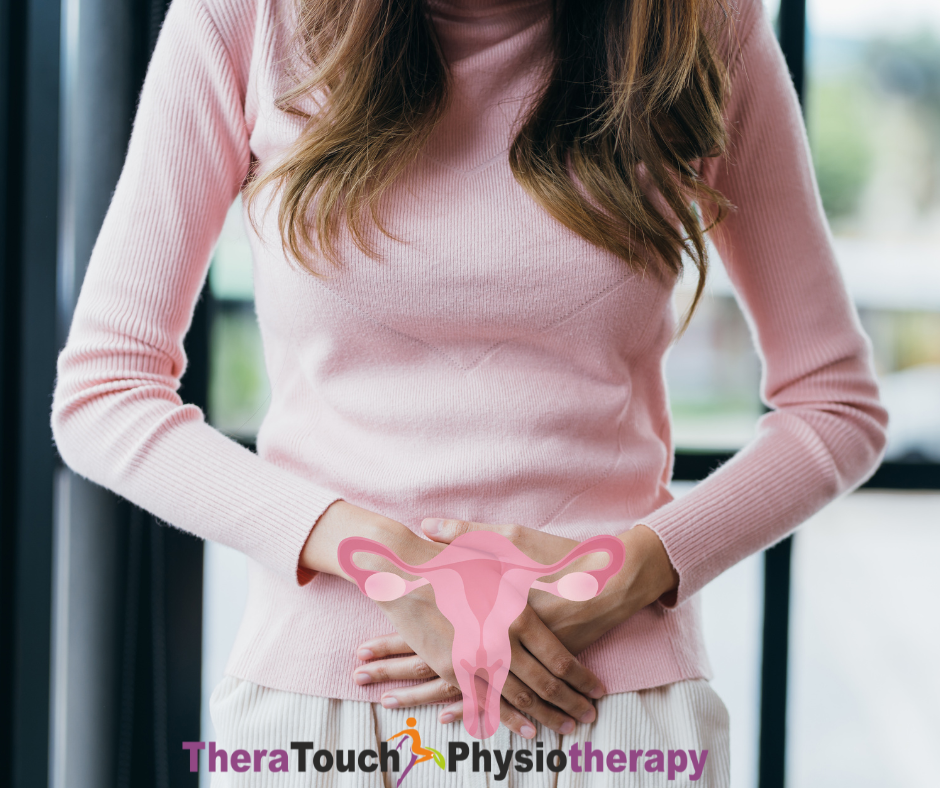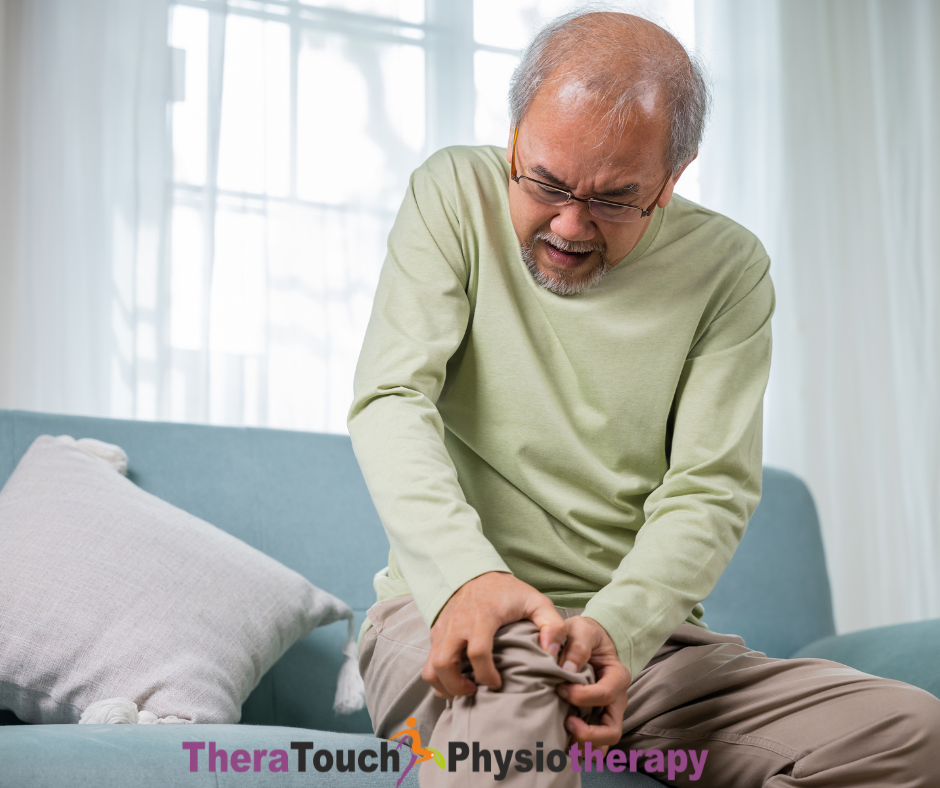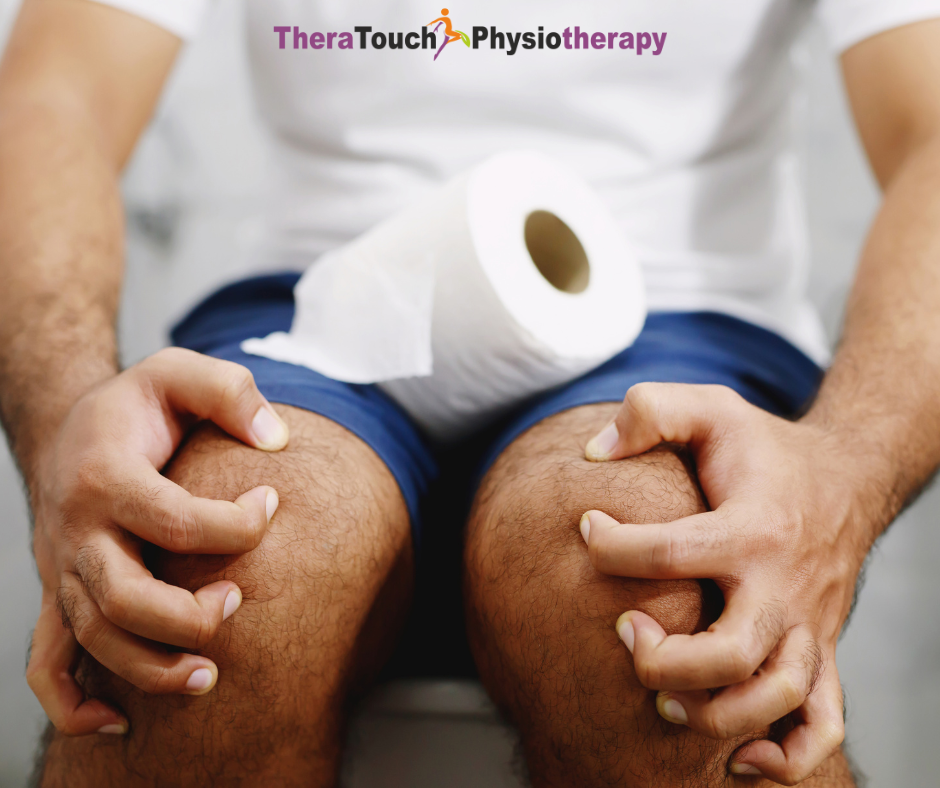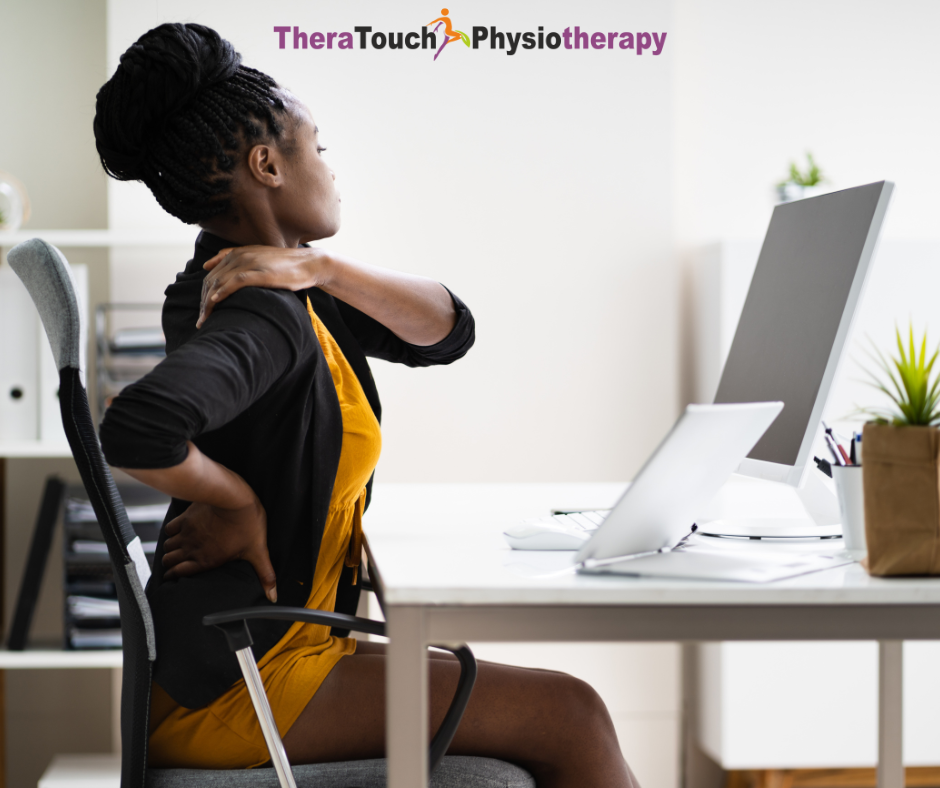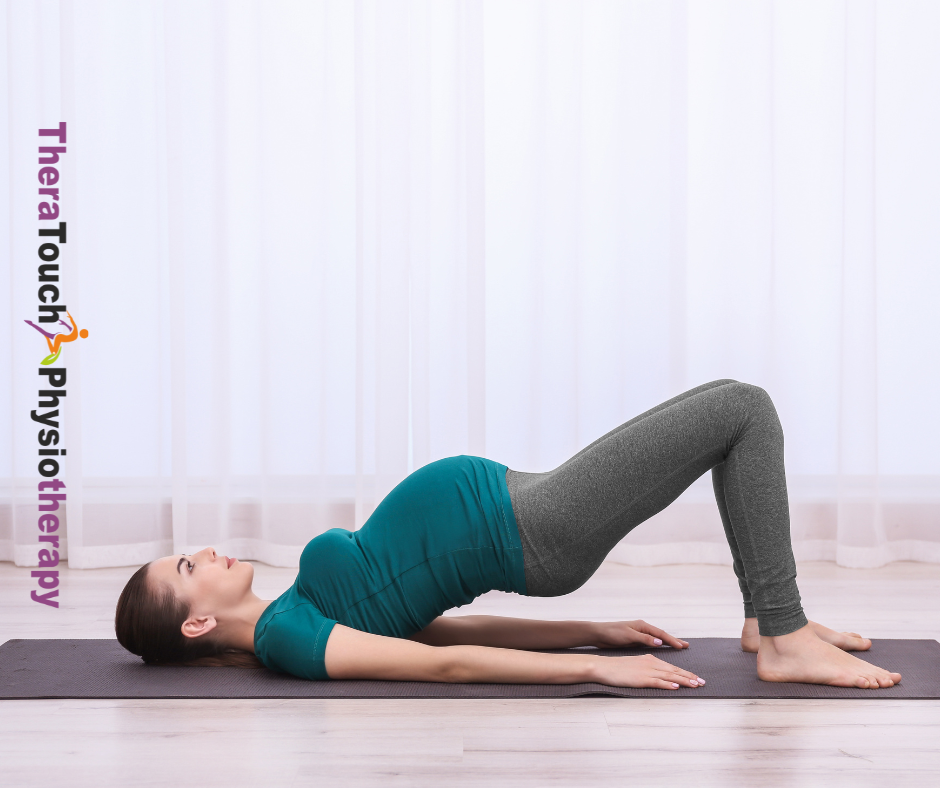How to Boost Your Digestive Health
Constipation can be more than just an occasional annoyance. It can significantly impact your daily life and overall health. Understanding how to manage constipation through diet and lifestyle changes is essential, and two key players in this battle are fiber and hydration. Let’s explore how these elements work together to keep your digestive system running smoothly and why addressing constipation is crucial for your pelvic health.
Understanding Fiber: Soluble vs. Insoluble
Fiber is an essential part of a healthy diet, but not all fiber is created equal. There are two main types: soluble and insoluble, and each plays a unique role in digestion.
Soluble fiber dissolves in water and forms a gel-like substance in your intestines. This type of fiber helps slow down digestion, which can be beneficial if you’re dealing with diarrhea. Foods rich in soluble fiber include oats, apples, carrots, and beans. By absorbing water and forming a gel, soluble fiber helps bulk up stools and make them easier to pass, preventing both diarrhea and constipation.
Insoluble fiber, on the other hand, does not dissolve in water. Instead, it adds bulk to your stool and helps food pass more quickly through your stomach and intestines. This type of fiber is found in whole grains, nuts, and vegetables like cauliflower and potatoes. Insoluble fiber acts like a broom, sweeping through your digestive tract and helping to keep things moving, which is particularly helpful in preventing and relieving constipation.
The Importance of Hydration
While fiber plays a crucial role, hydration is equally important in managing constipation. Drinking enough water helps your digestive system function properly. Water keeps the stool soft and easy to pass, making it less likely that you’ll experience the discomfort of constipation. When you’re dehydrated, your body absorbs more water from the stool, which can lead to hard, dry stools that are difficult to pass.
Combining adequate fiber intake with proper hydration creates a synergistic effect. Think of fiber as the bulk that forms your stool, while water is the lubricant that keeps everything moving smoothly. Together, they create the ideal conditions for regular, comfortable bowel movements.
The Impact of Constipation on Pelvic Health
Constipation doesn’t just affect your digestive system; it can also have a significant impact on your pelvic health. Straining to pass hard stools can put excessive pressure on the pelvic floor muscles, which are crucial for supporting your bladder, uterus, and rectum. Over time, this strain can weaken the pelvic floor and increase the risk of pelvic organ prolapse, where these organs drop from their normal position and press against the walls of the vagina.
Moreover, chronic constipation can lead to other complications such as hemorrhoids and anal fissures, which can further contribute to pelvic discomfort and health issues. By managing constipation effectively with fiber and hydration, you’re not only taking care of your digestive health but also protecting your pelvic floor and overall well-being.
Tips for Increasing Fiber and Hydration
Incorporating more fiber into your diet doesn’t have to be complicated. Start your day with a bowl of oatmeal topped with fruits like apples or berries for a boost of soluble fiber. Snack on carrot sticks or a handful of nuts, which are great sources of insoluble fiber. Add beans to your salads or soups for an extra fiber kick.
When it comes to hydration, carrying a water bottle with you can make it easier to remember to drink throughout the day. Aim for at least eight glasses of water daily, but listen to your body and drink more if you’re active or the weather is hot.
A balanced approach that includes both types of fiber and plenty of water can make a noticeable difference in your digestive health. If you’re experiencing persistent constipation despite these changes, it’s a good idea to talk to your healthcare provider for further guidance.
Managing constipation is about creating a balanced, fiber-rich diet and staying well-hydrated. Understanding the roles of soluble and insoluble fiber can help you choose the right foods to keep your digestive system on track. By doing so, you’re not only ensuring regular bowel movements but also protecting your pelvic floor health. Small, consistent changes can lead to significant improvements, helping you live more comfortably and confidently. So, let’s raise our water glasses and toast to better digestive health!





